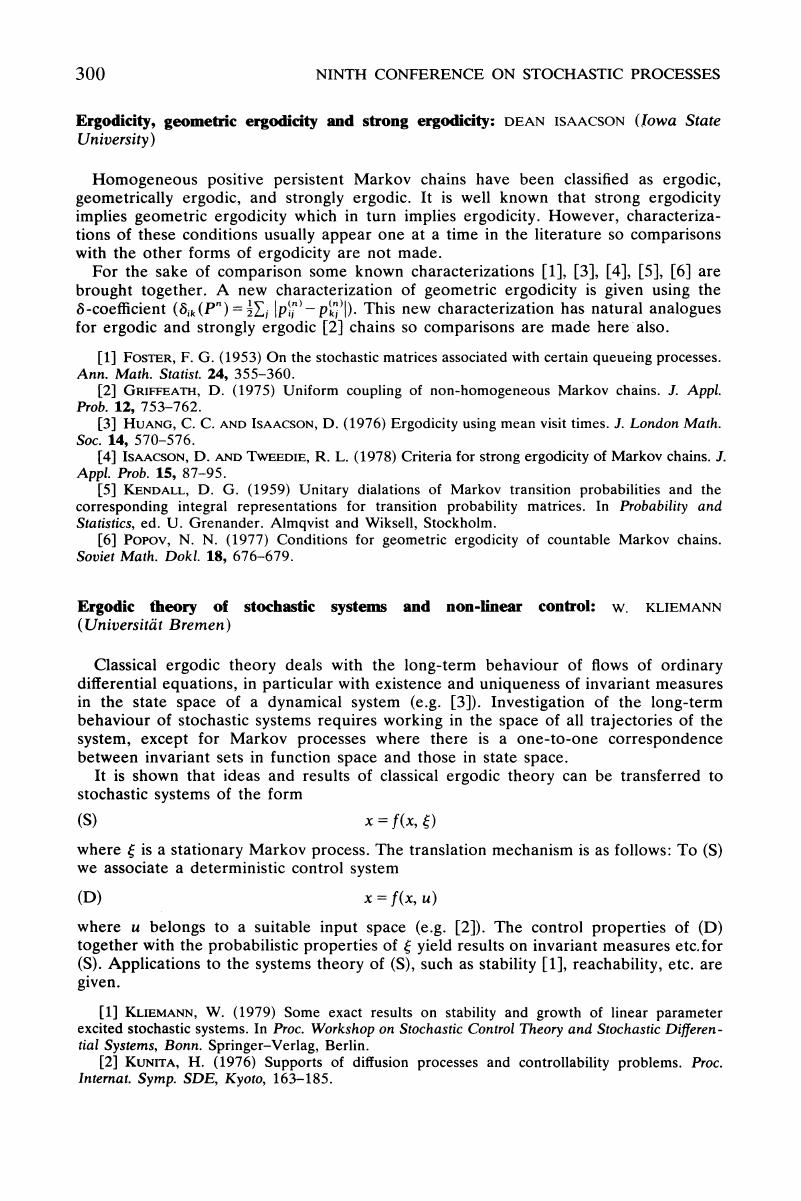Crossref Citations
This article has been cited by the following publications. This list is generated based on data provided by Crossref.
Dehay, Dominique
Leśkow, Jacek
and
Napolitano, Antonio
2018.
Time average estimation in the fraction-of-time probability framework.
Signal Processing,
Vol. 153,
Issue. ,
p.
275.



